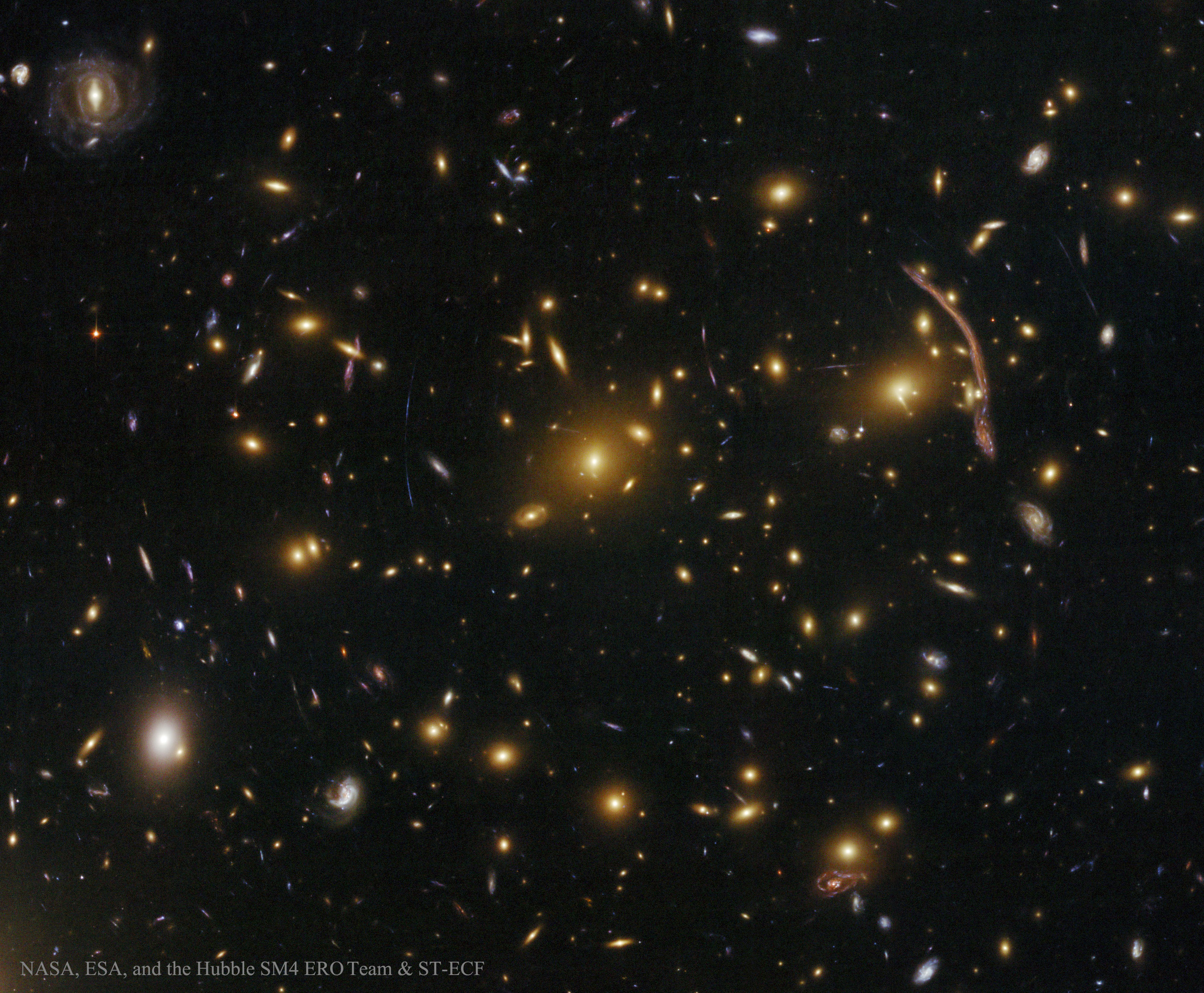The Ohio State University Center for Cosmology and AstroParticle Physics (CCAPP) presents:
The 11th Annual R. Jack and Forest Lynn Biard Lecture in Cosmology and Astrophysics
“The Glass Universe: How the Ladies of the Harvard Observatory Took the Measure of the Stars”
Speaker: Dava Sobel, renowned author of several popular science books
Wednesday 27 March, 2019
7:00—8:00pm: Lecture and Q&A
8:00—9:00pm: Reception with the Speaker
Performance Hall, The Ohio Union
More information at https://ccapp.osu.edu/events/biard-lecture-glass-universe-dava-sobel.
This event is free and is suitable for all audiences. You must register for tickets at https://www.eventbrite.com/e/11th-annual-biard-lecture-the-glass-universe-how-the-ladies-of-the-harvard-observatory-took-the-tickets-58807165816.
